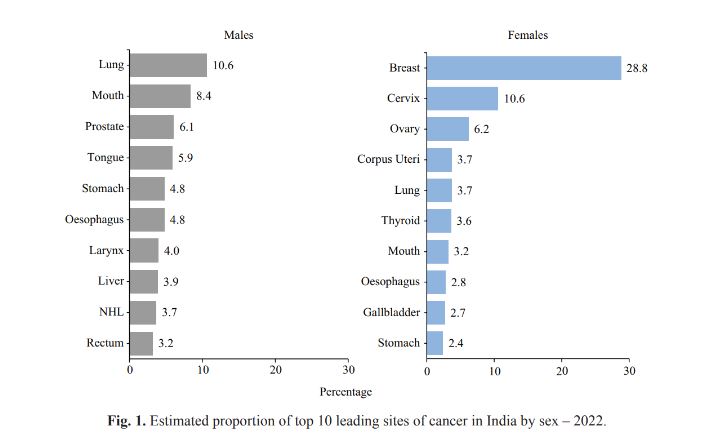A Simple Guide To Understanding Cancer (Part 1)
Feb 07, 2023
2293 Views
Early screening = Early detection
Cancer is a disease that affects millions of people worldwide, and it is important to have a clear understanding of what cancer is and how it can be prevented. Cancer doesn’t wait and neither should you. It is important to take care of yourself by doing regular cancer screenings. Regular screening tests may find breast, cervical, and colon cancers early when treatment is likely to work best.
Finding cancer early improves your chances of survival. Everyone, regardless of personal background or identity, should make sure they are proactive about screenings. Not all tumors are cancerous, but if left untreated, cancerous tumors can spread to other parts of the body, causing serious health problems.
So what is cancer?
The term "cancer" comes from the Latin word "carcinoma," which refers to a type of malignant tumor. The word "cancer" was first used by the ancient Greek physician Hippocrates to describe tumors, and the term has been in use ever since to describe a variety of diseases characterized by the uncontrolled growth of cells. The word "cancer" has come to be used as a general term for all forms of malignant tumors, regardless of their origin or type.
Cancer is a group of diseases characterized by uncontrolled cell growth and the ability to invade or spread to other parts of the body. Cancer occurs when there is a genetic mutation in a cell that affects its ability to regulate its growth and division. Normally, cells grow, divide, and die in an orderly manner, but in cancer, cells grow and divide rapidly and do not die, forming a mass of tissue called a tumor. Tumors can invade nearby tissues and spread to other parts of the body through the bloodstream or lymphatic system, a process called metastasis. The specific way that cancer works depends on the type of cancer, but all cancers are characterized by uncontrolled cell growth and the ability to spread to other parts of the body.
Let‘s learn a little more about some common cancers!
There are over 100 types of cancer, and here is some information on the common ones.
Breast cancer
Breast cancer is a type of cancer that starts in the cells of the breast. It can occur in both men and women, although it is more common in women. It can be detected through mammography, physical exams, and biopsy. Risk factors include age, gender, family history, genetics, and lifestyle factors such as alcohol consumption and lack of physical activity.

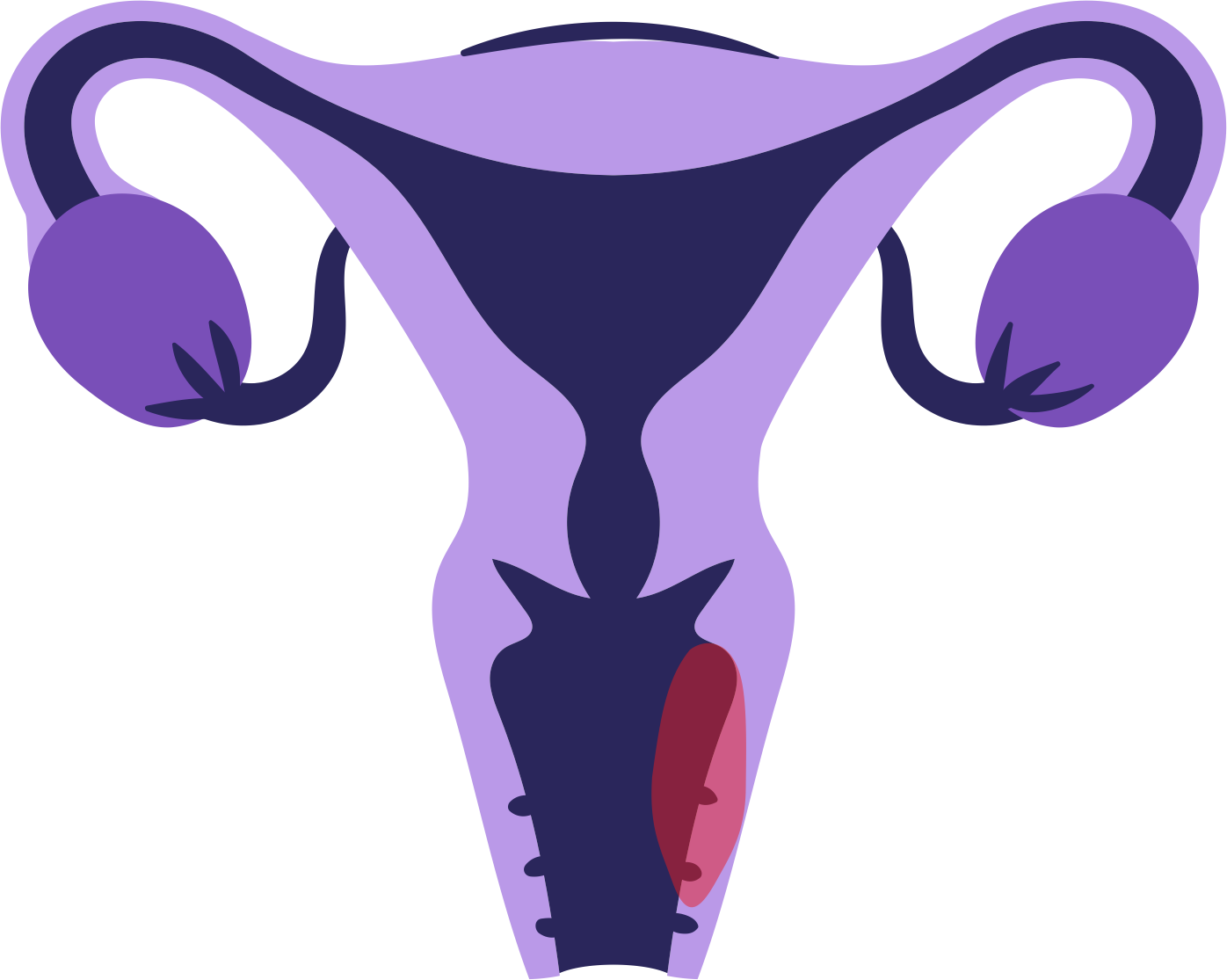
Cervical cancer
Cervical cancer is a type of cancer that affects the cervix, which is the lower part of the uterus that opens into the vagina. It is usually caused by the human papillomavirus (HPV) and is one of the most preventable types of cancer. Risk factors include early age at first sexual intercourse, multiple sexual partners, smoking, and a weak immune system. Regular Pap smears and HPV testing can detect precancerous changes in the cervix, allowing for early treatment and prevention of cervical cancer.
Ovarian cancer
Ovarian cancer is a type of cancer that starts in the ovaries, which are the female reproductive glands that produce eggs and hormones. It is often referred to as the "silent killer" because it often has no early symptoms and is difficult to detect in its early stages. Risk factors include age, family history, genetics, and the use of estrogen replacement therapy. Symptoms can include bloating, pelvic pain, and changes in bowel and bladder habits. Ovarian cancer is typically diagnosed through a combination of physical exams, imaging tests, and biopsy.
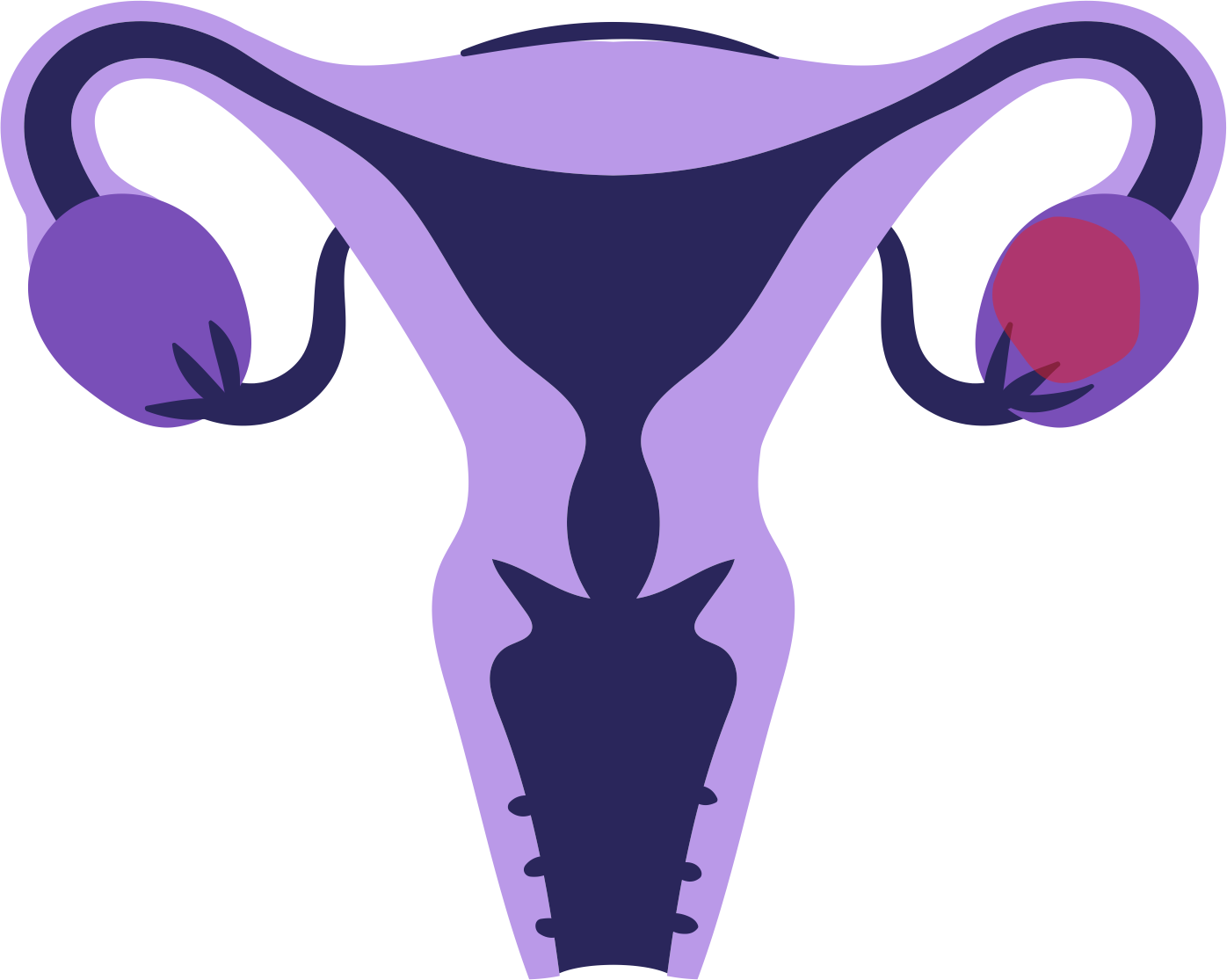
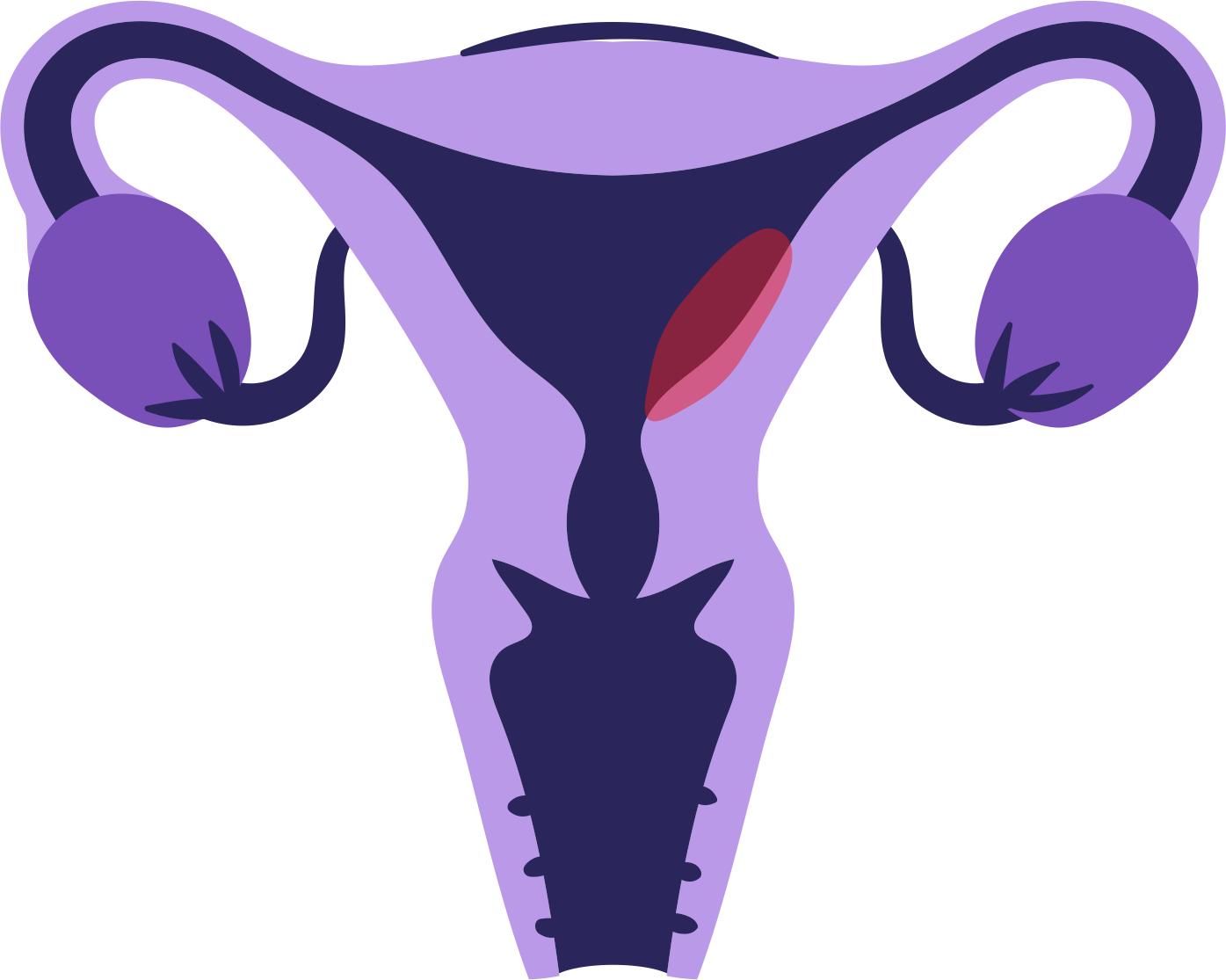
Endometrial cancer
Endometrial cancer is a type of cancer that affects the lining of the uterus, called the endometrium. It is the most common type of uterine cancer and usually occurs in women over the age of 50. Risk factors include obesity, high levels of estrogen, and a family history of the disease. Symptoms can include abnormal vaginal bleeding, pain during intercourse, and pelvic pain. Endometrial cancer is typically diagnosed through a combination of physical exams, imaging tests, and biopsy.
Lung cancer
Lung cancer is a type of cancer that starts in the lungs and is the leading cause of cancer deaths worldwide. There are two main types of lung cancer: non-small cell lung cancer (NSCLC) and small cell lung cancer (SCLC). Risk factors include smoking, exposure to secondhand smoke, air pollution, and a family history of the disease. Symptoms can include a persistent cough, chest pain, and shortness of breath. Lung cancer is typically diagnosed through a combination of imaging tests, biopsy, and genetic testing.
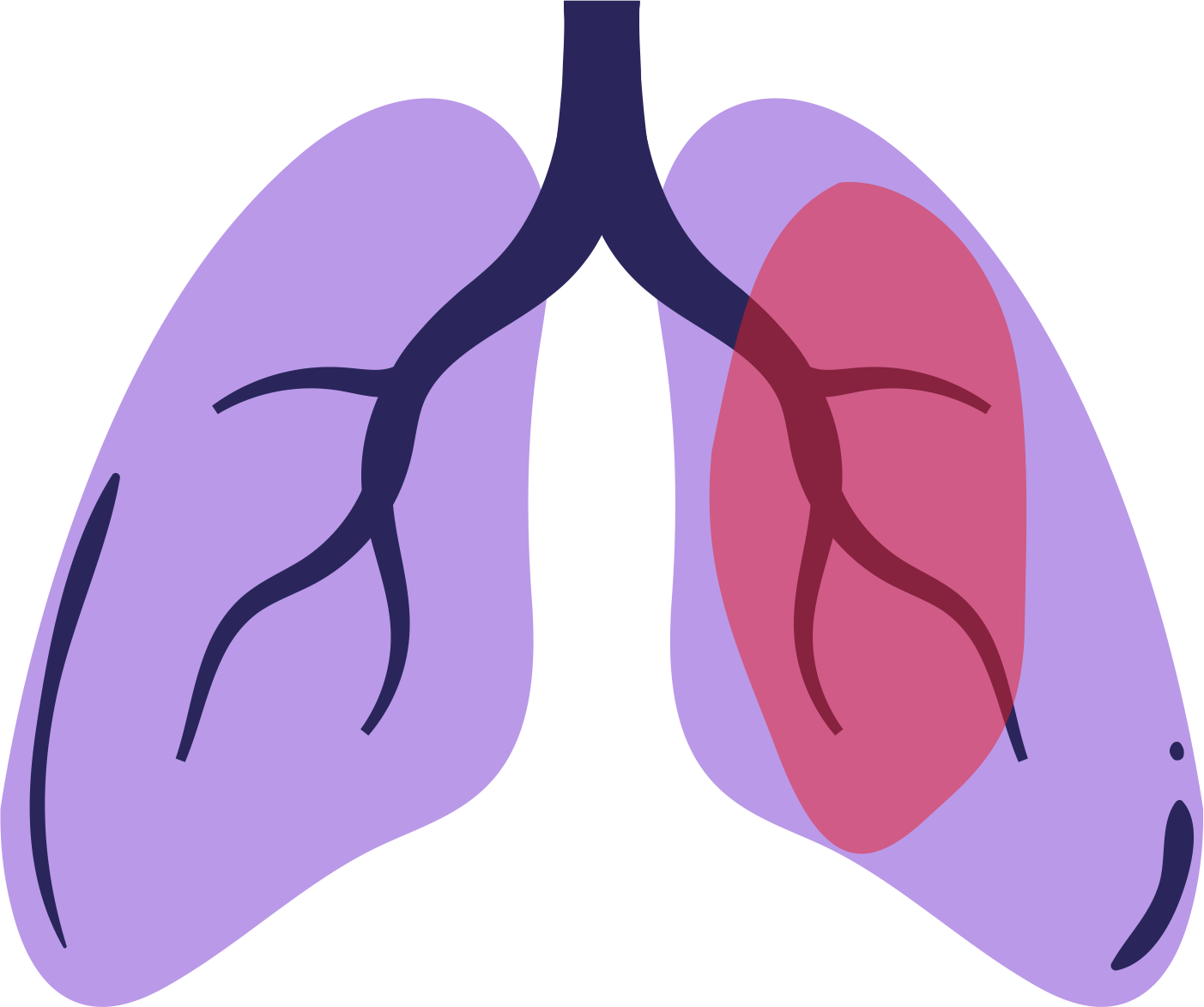

Prostate cancer
Prostate cancer is a type of cancer that affects the prostate, a small gland in the male reproductive system. It is the most common cancer in men and usually occurs in older men. Risk factors include age, family history, and genetics. Symptoms can include difficulty starting or stopping urination, weak urine flow, and frequent urination. Prostate cancer is typically diagnosed through a combination of physical exams, blood tests, and biopsy.
To know more about common cancers and the importance of genetic testing in the early detection of cancer, wait for Part 2.
References & Resources:
Sathishkumar, Krishnan, Meesha Chaturvedi, Priyanka Das, S. Stephen, and Prashant Mathur. "Cancer incidence estimates for 2022 & projection for 2025: Result from National Cancer Registry Programme, India." Indian Journal of Medical Research (2023).
CDC, A.W., 2020. Centers for disease control and prevention.
Bode, Ann M., and Zigang Dong. "Cancer prevention research—then and now." Nature Reviews Cancer 9, no. 7 (2009): 508-516.
Greenwald, P., C. K. Clifford, and J. A. Milner. "Diet and cancer prevention." European journal of cancer 37, no. 8 (2001): 948-965.
American Cancer Society https://www.cancer.org/
National Cancer Institute https://www.cancer.gov/resources-for/patients
